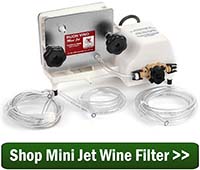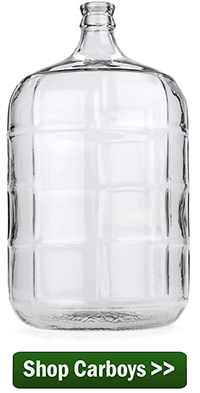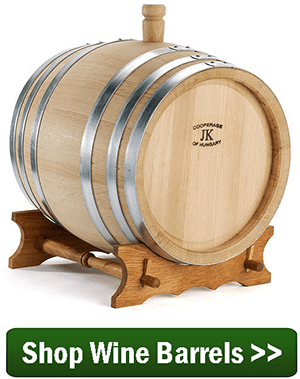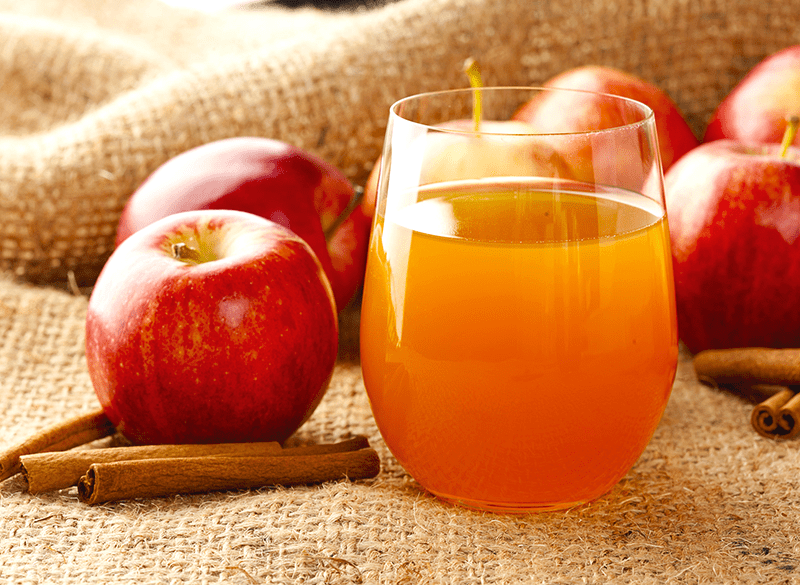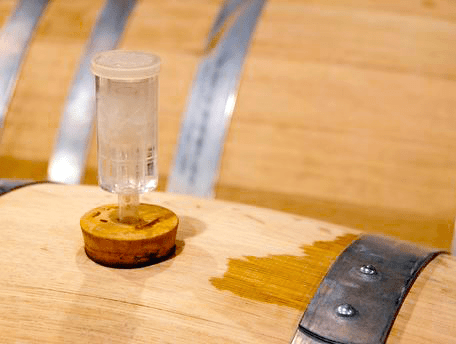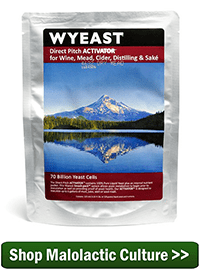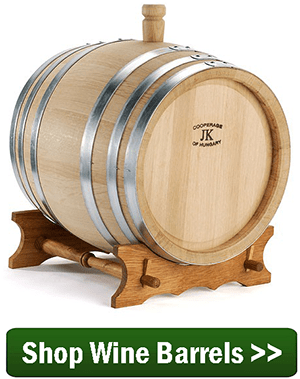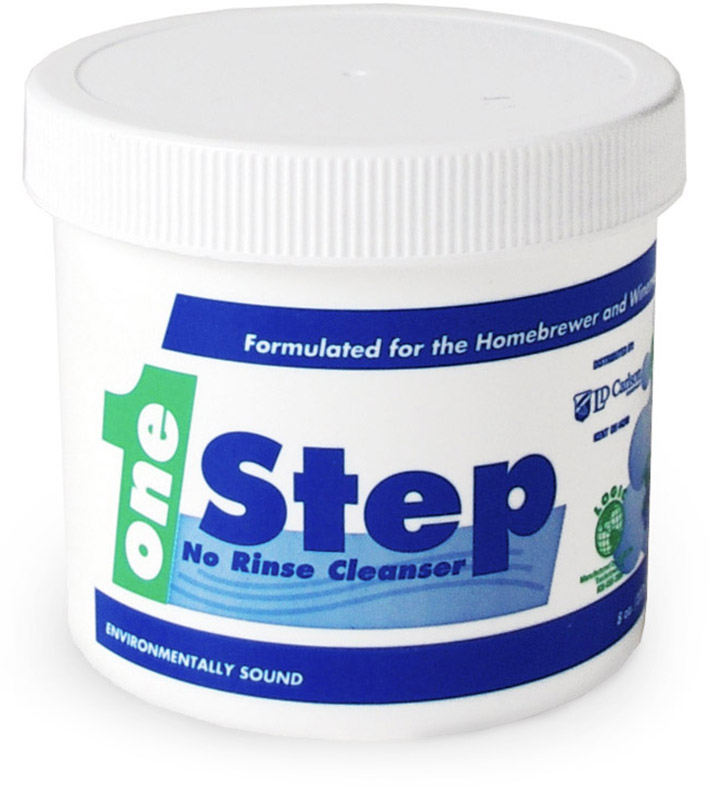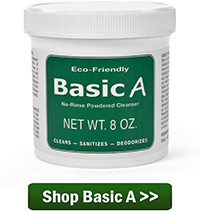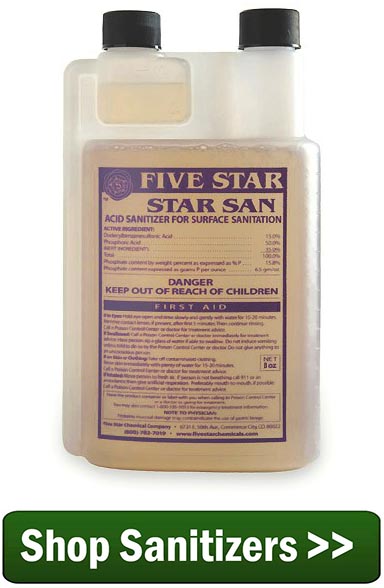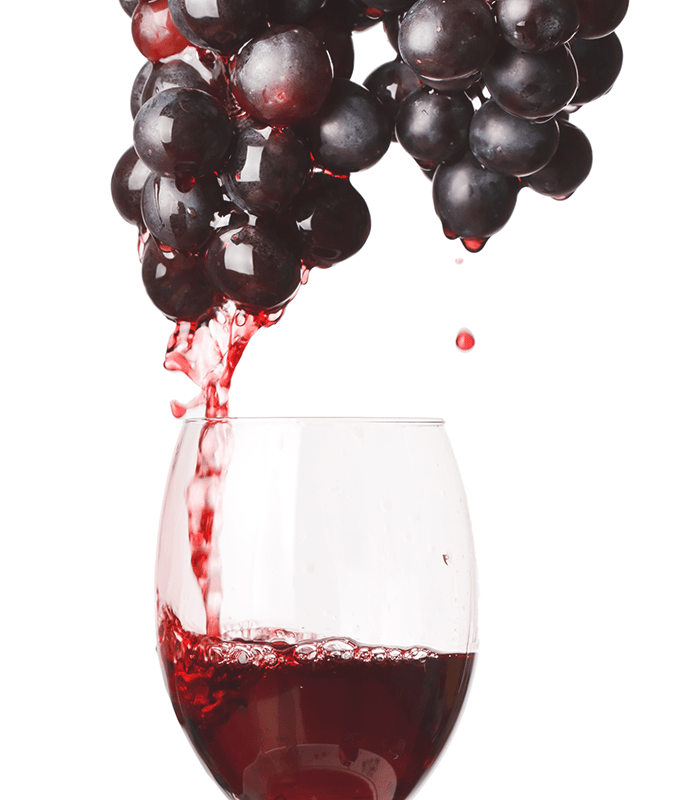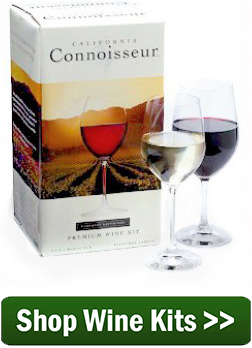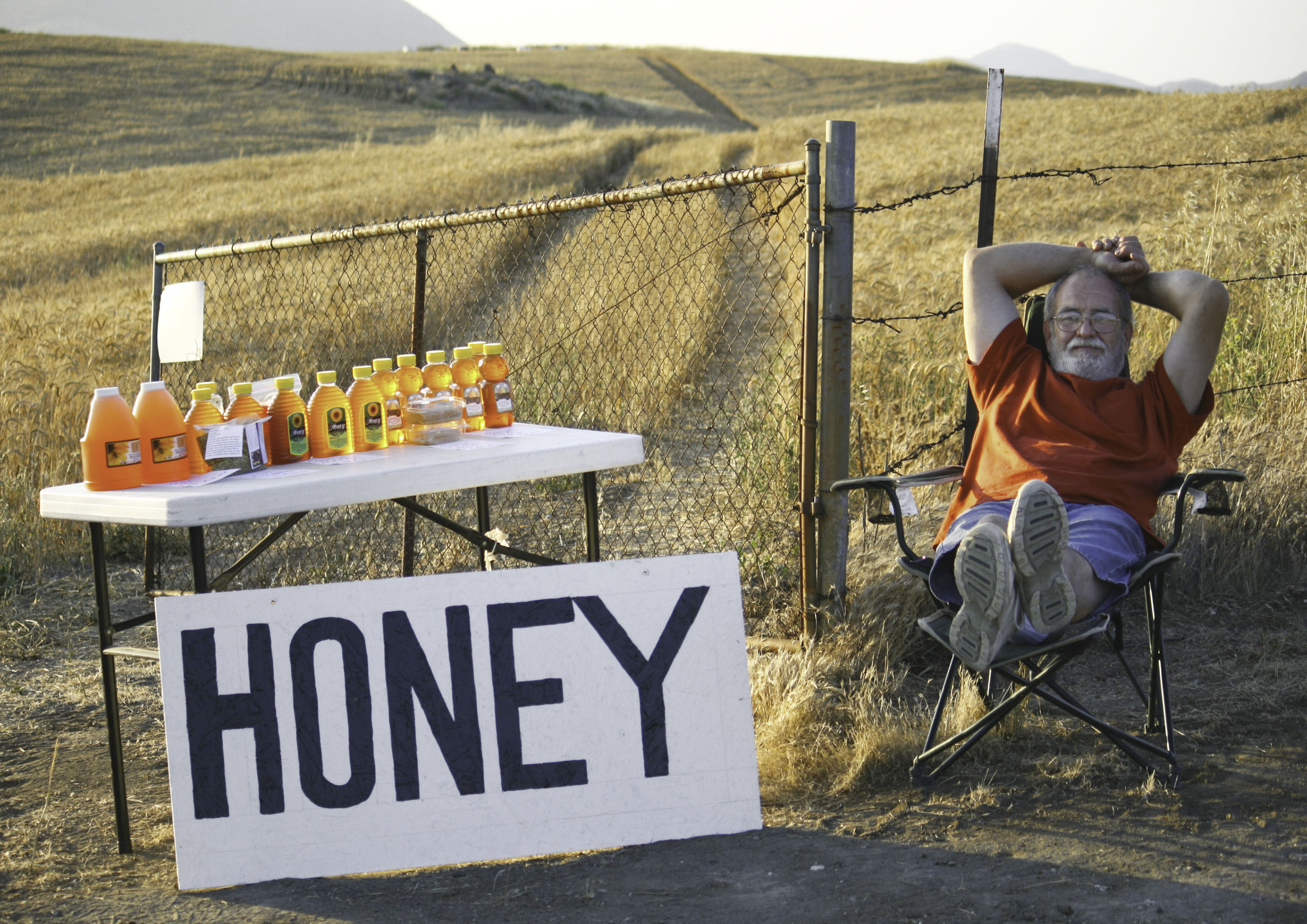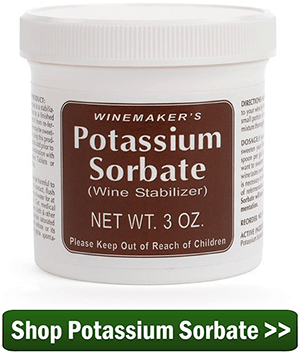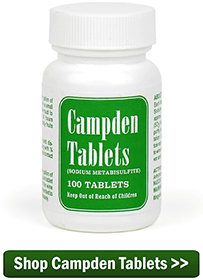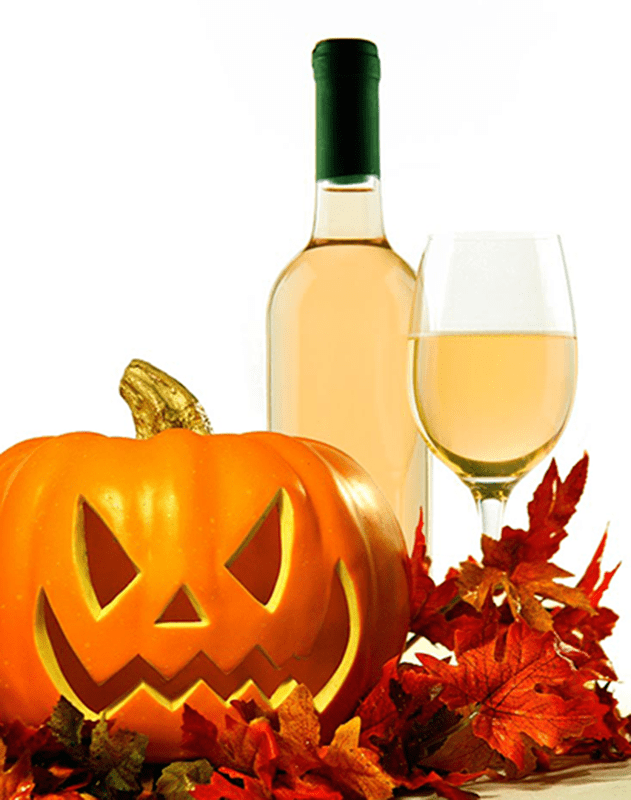 I cannot find anything on how to make pumpkin wine. Can it even be done? If it can how do you have a pumpkin wine recipe you could send me?
I cannot find anything on how to make pumpkin wine. Can it even be done? If it can how do you have a pumpkin wine recipe you could send me?
Bryant T. — KS
—–
Hello Bryant,
Yes, it is pumpkin time and time for using a pumpkin wine recipe. I thank you for such an appropriate question for this time of the year.
I do not have a pumpkin wine recipe on our website, but I do have one that has been in our archives for years. It’s the best pumpkin wine recipe we’ve ever used. It’s a spiced recipe that is pretty darn easy. I remember making this many years ago. As I recall, it was pretty darn good.
This is a 5 gallon pumpkin wine recipe. If you want to make less, just cut all the ingredient proportionately, except for the wine yeast. You always want to use a whole packet of wine yeast – more if you’re making more than 5 gallons.
Spiced Pumpkin Wine Recipe
(5 Gallons)
- 16 lbs. Pumpkin (flesh only)
- 3 lbs. Raisins (chopped)
- 4 Cinnamon Sticks
- 11 lbs. Cane Sugar
- 4-1/2 Tbsp. Acid Blend
- 1 Tbsp. Yeast Energizer
- 1 Tsp. Pectic Enzyme
- 1 Packet Lalvin K1V-1116 Wine Yeast
- 5 Campden Tablets (before fermentation)
- 5 Campden Tablets (before bottling)
To start this wine recipe off you will want to prepare 16 lbs of pumpkin flesh. Scraping it away from the pumpkin’s outer shell should be enough to break it up sufficiently, but if you do have any hunks, you will want to chop them up. The raisins should be coarsely chopped, as well.
Add all the ingredients to 5 gallons of water EXCEPT for the wine yeast. Only add 5 crushed Campden tablets at this point. The other 5 will be added later, when you are bottling the wine. This should be done in an open fermenter. Leave the fermenter open. Only cover with a thin towel, nothing more, for 24 hours. This is to give time for the Campden tablets to sterilize the wine must, then dissipate into the air. After 24 hours, sprinkle on the packet of wine yeast, and you are on your way to making some great tasting pumpkin wine.
Here’s where you can find all the wine making directions you will need to complete this pumpkin wine recipe. Just follow through, step-by-step, and in time you will have a clear pumpkin wine that will be clear and ready to bottle. If you do not have any equipment, you might want to consider the “Your Fruit!” Wine Making Kit.
Bryant, thanks again for the timely question. Let us know how this pumpkin wine recipe turns out for you. As I remember it was very enjoyable and perfect for the holidays.
Happy Winemaking,
Ed Kraus
—–
Ed Kraus is a 3rd generation home brewer/winemaker and has been an owner of E. C. Kraus since 1999. He has been helping individuals make better wine and beer for over 25 years.

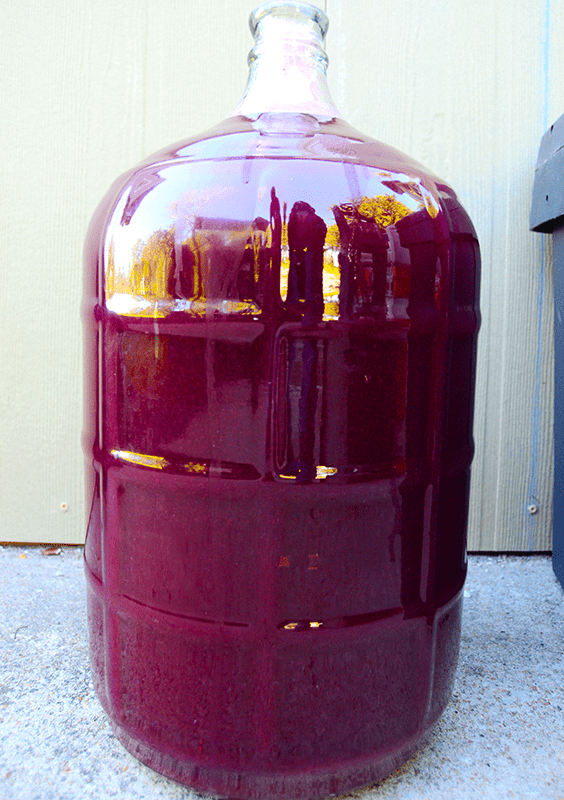
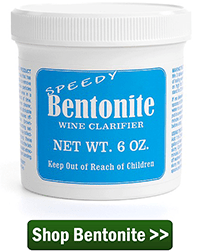
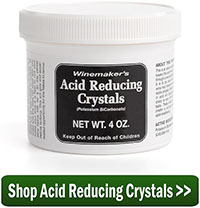
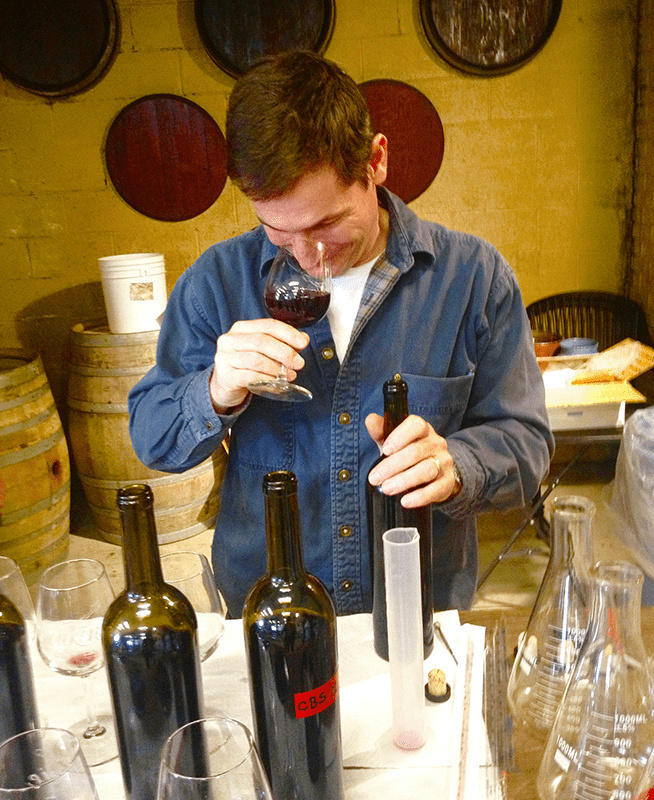

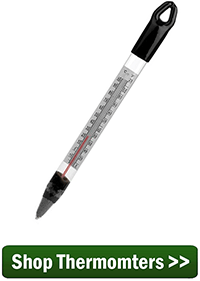
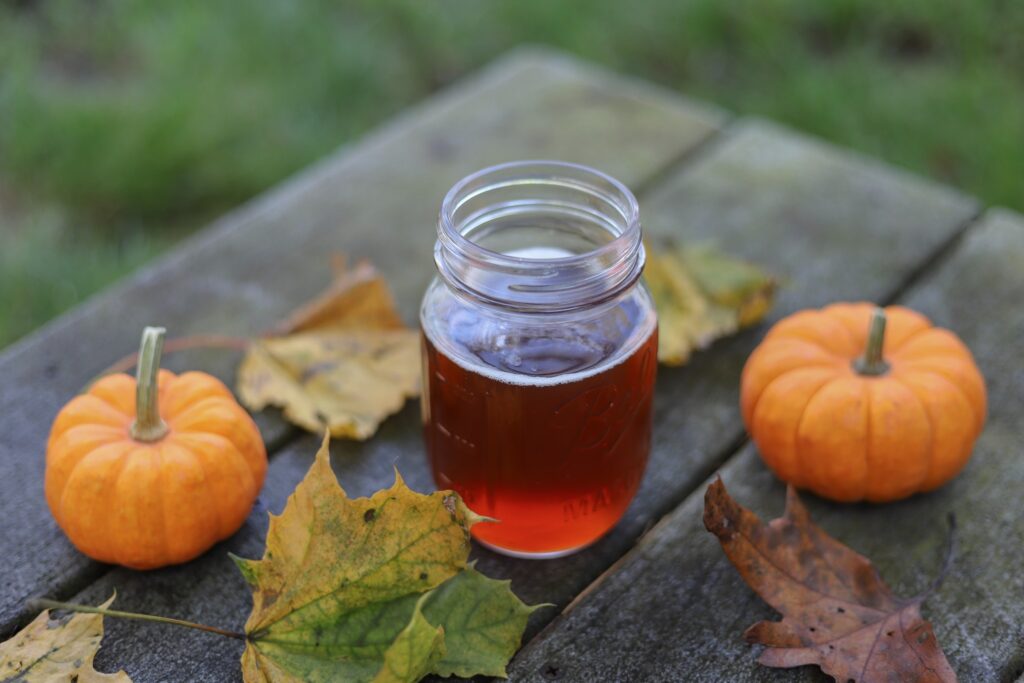 Hello Autumn!
Hello Autumn! 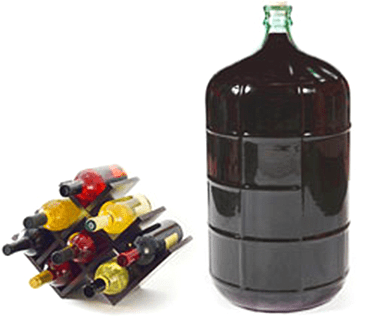 One of the long, ongoing discussions in the world of home wine making is, “should I be bulk aging or bottling aging my wines?” While bottle aging wine has its merits, there are some good reasons to consider bulk aging. Here’s some food for thought when considering bulk aging vs bottling aging your wine.
One of the long, ongoing discussions in the world of home wine making is, “should I be bulk aging or bottling aging my wines?” While bottle aging wine has its merits, there are some good reasons to consider bulk aging. Here’s some food for thought when considering bulk aging vs bottling aging your wine.